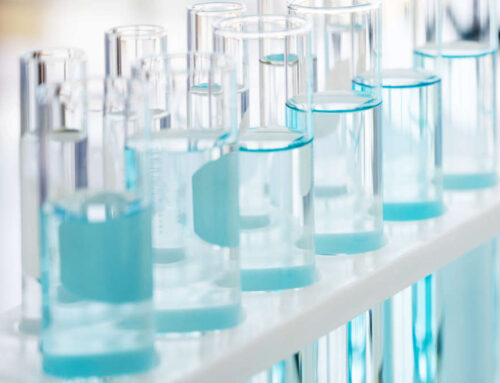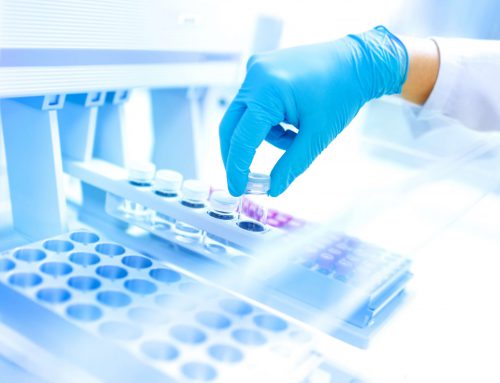What are the significant changes? This is one of the questions asked by the manufacturers of Class I Medical Devices that pass into a higher category. Here’s what the Medical Device Coordination Group states.
The introduction of the 2017/745 Regulation brings some changes related to the Medical Devices rules; one of these is the reclassification of some Class I devices to a higher class, or on the contrary the permanence in one’s own class, but with the obligation to recertify the product.
For medical devices that pass to higher class, a transition period is in progress during which they can be placed on the market (up to 2024) and marketed (up to 2025). Essential requirement is that no significant changes will be made in the design and intended use (Article 120, paragraph 3).
What are the significant changes
In the Guidance on significant changes regarding transitional provision under Article 120 of MDR with regard to devices covered by certificates according to MDD or AIMDD, issued in March 2020 by the Medical Device Coordination Group (MDCG), the concept of significant changes is better clarified. Here they are divided into categories:
Intended Purpose
- Extensions or changes of the Intended Purpose;
- new user or patient population;
- changes of clinical use, excluding limitation of use.
Design or Performance Specification
- Changes that require further clinical data or usability data to support safety and performance;
- new risks requiring control measures;
- changes of integrated control mechanism, operating principles, energy source or alarms.
Software
- Changes in the operating system or other components;
- changes in architecture, structure or algorithm;
- replacing the user request input with a closed loop algorithm;
- changes in diagnostic or therapeutic function or in the interoperability channel;
- changes in the user side interface or in the presentation of data as a new language, new layout or graphics;
- minor changes such as bug fixes, security updates, operational efficiency.
Materials
- Changes to a material of human or animal origin, including the introduction of new materials;
- changes in a material containing a medicinal substance;
- changes in the medicinal substance itself;
- changes that may affect the quality, safety or efficacy of a medicinal substance.
Sterilization method
- Changes in sterilization methods;
- changes in design that influence or modify the guarantee of sterility;
- changes in packaging design which affect functionality, safety, stability and integrity;
- changes in the shelf life validated by protocols approved by the Notified Body.
What are the no-significant changes
The guide states that all changes that do not affect the design or intended purpose of the device can be considered not significant. Examples are administrative changes to the organizations, changes to the authorized representative, relocation or addition of new production sites, or changes to the quality management system, provided that the conditions under which the declaration of conformity.
In these cases, it is not necessary to request a new CE certificate, but it will be sufficient to communicate these changes to the Notified Body (which must respond with a written acknowledgment confirmation) and attach this response to the existing CE certificate, without making any changes. This confirmation corrects or completes the information of the certificate, but does not represent the issue of an “integrated certificate” as it is prohibited as per Section 3 of Article 120. In case of requests from the Authorities, the manufacturer must number these letters received by the Notified Body and send them together with the certificate.
In the case of Class I Medical Devices not requiring the intervention of the Notified Body, it will be sufficient to document the changes made, justifying the irrelevance.







